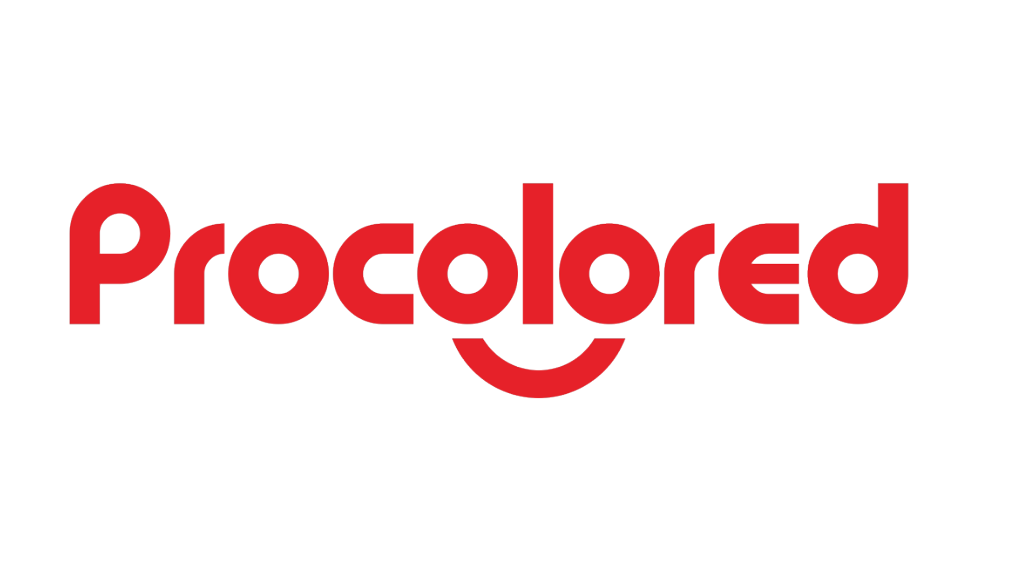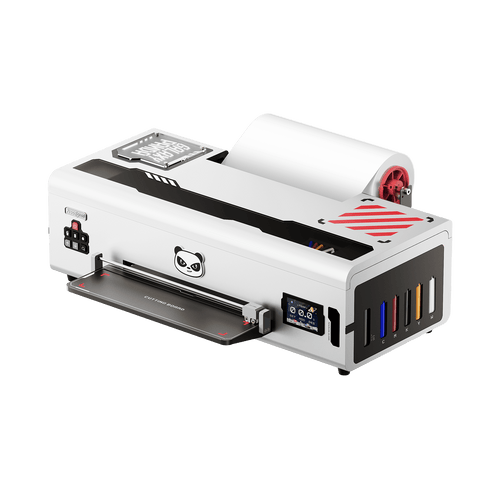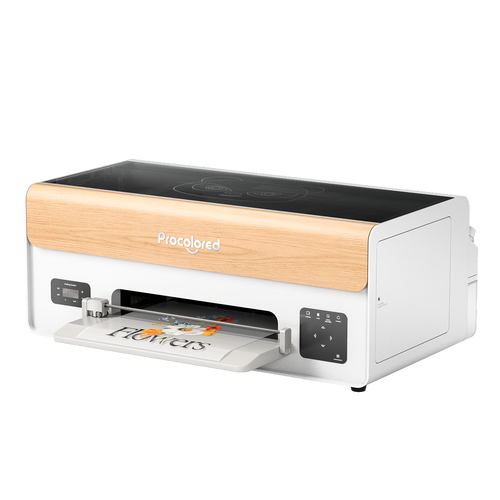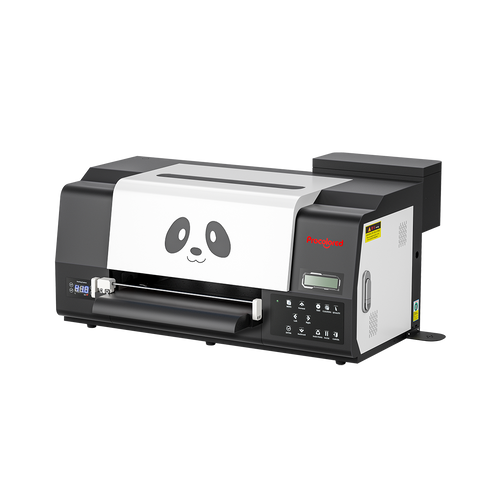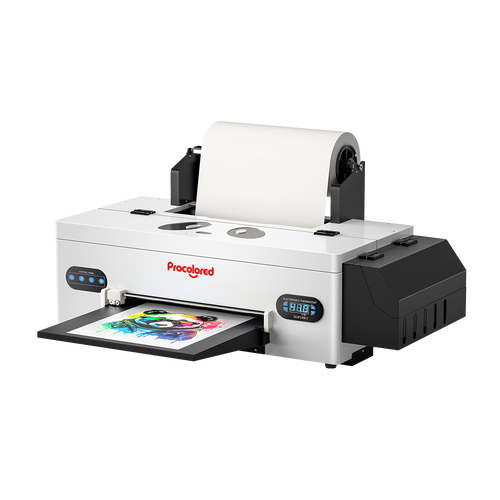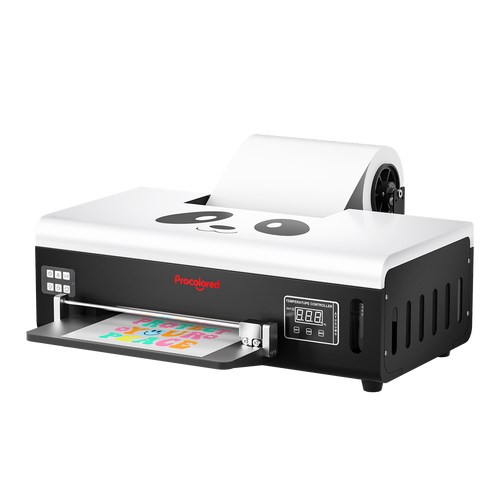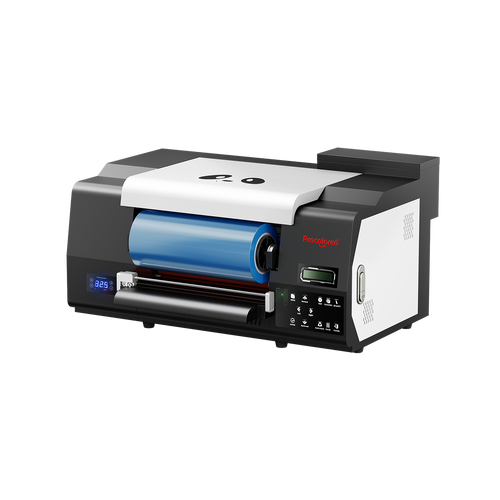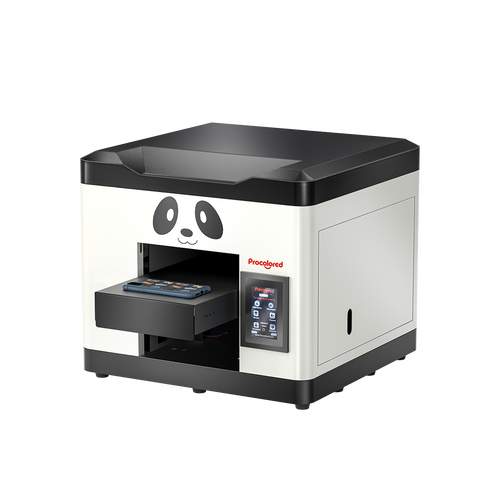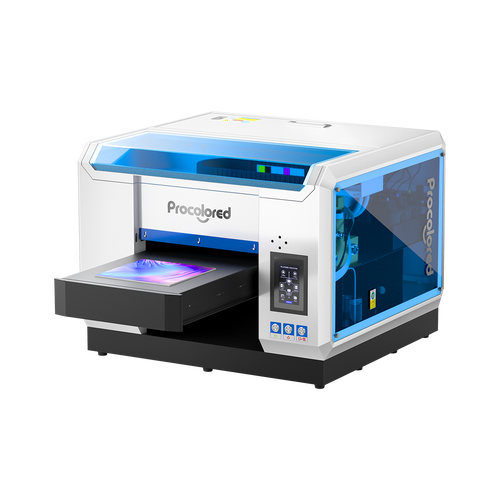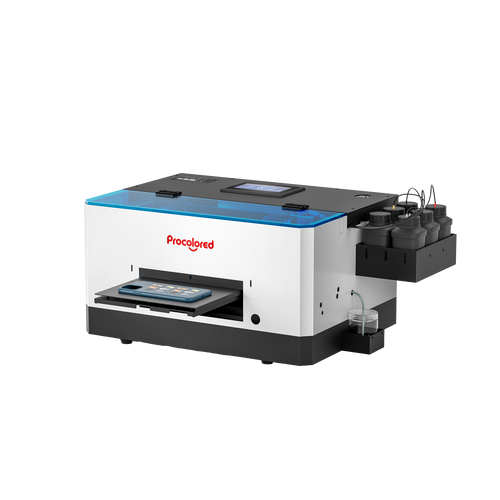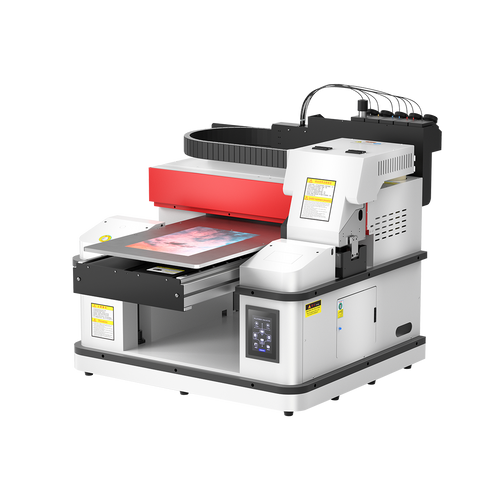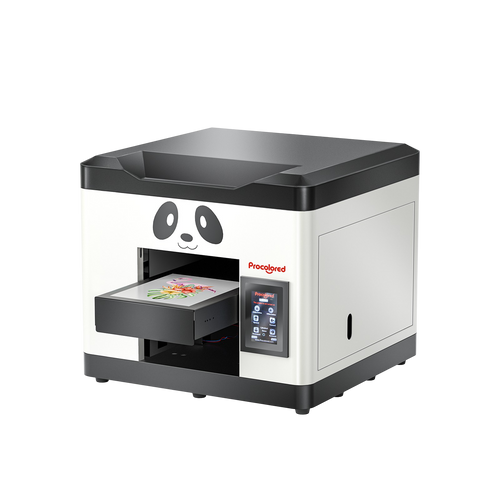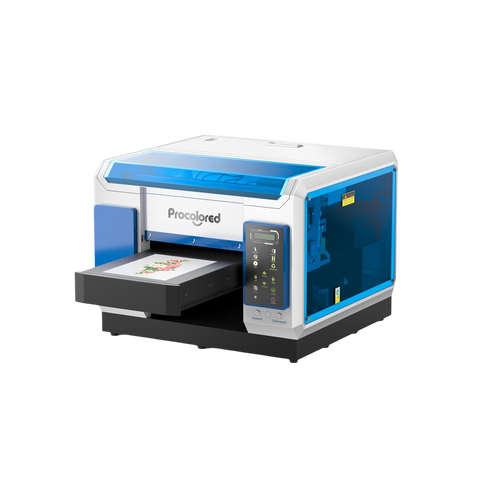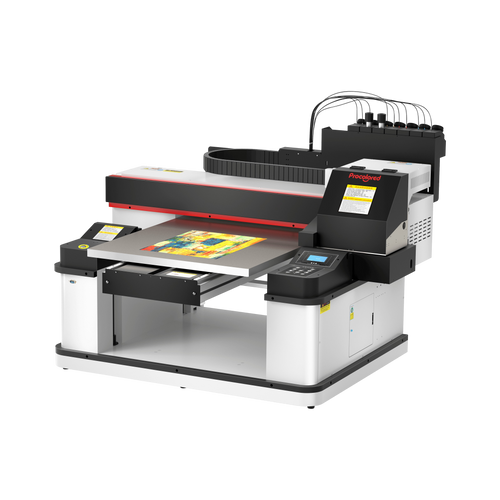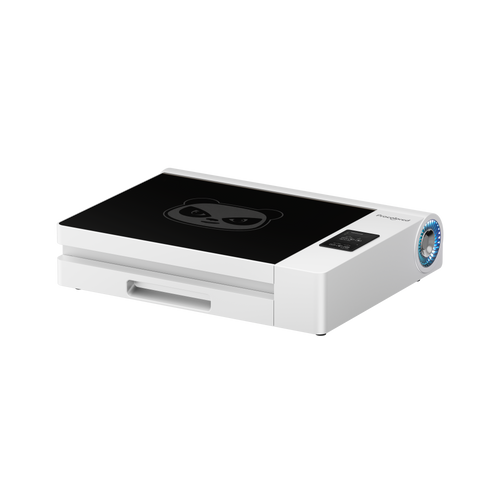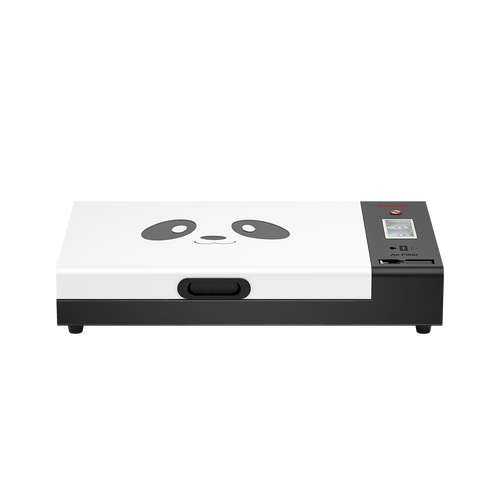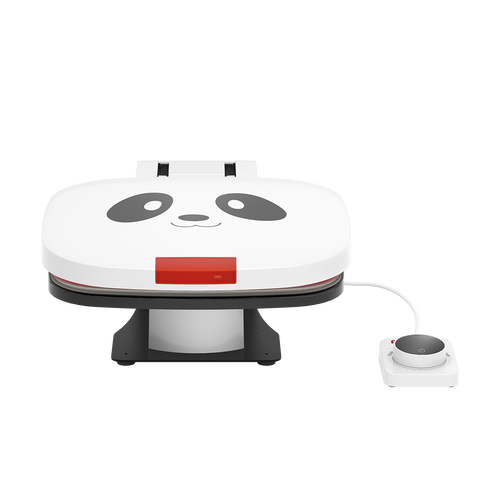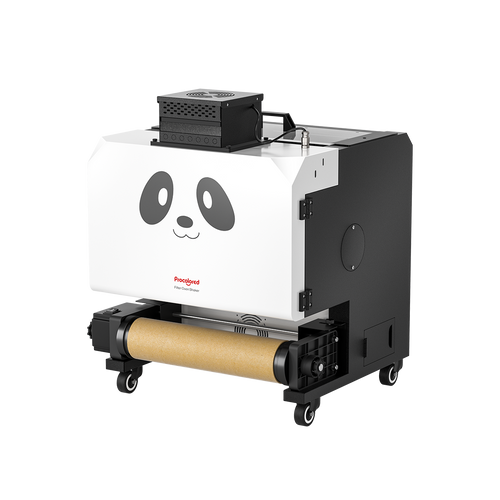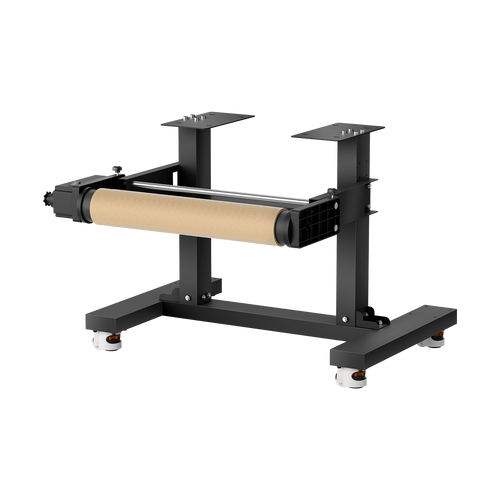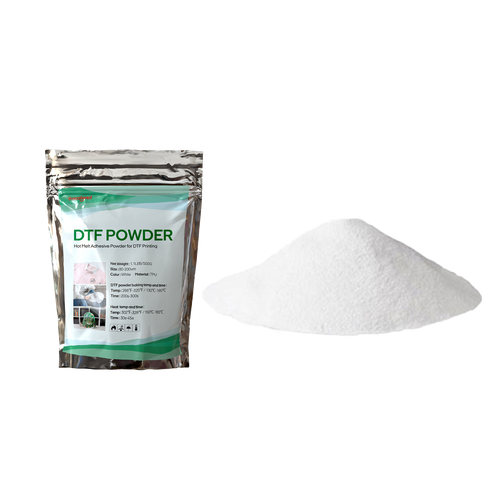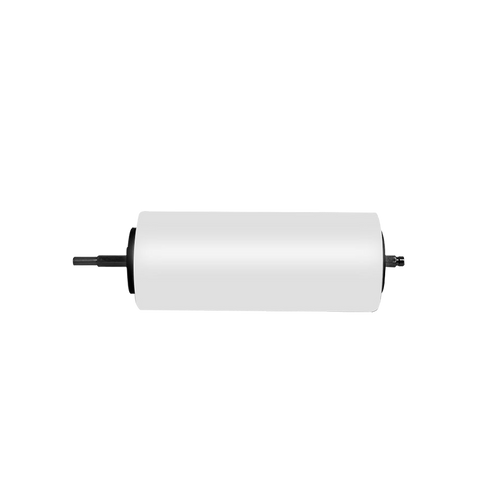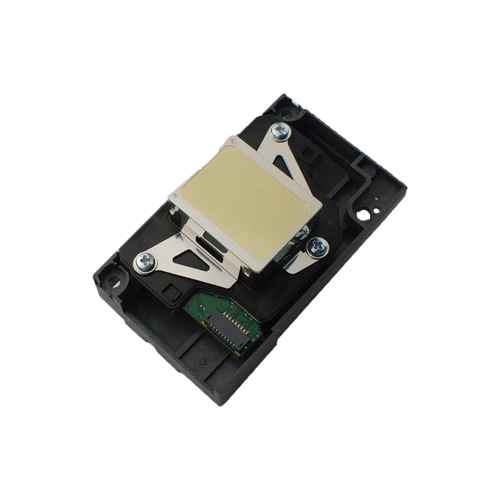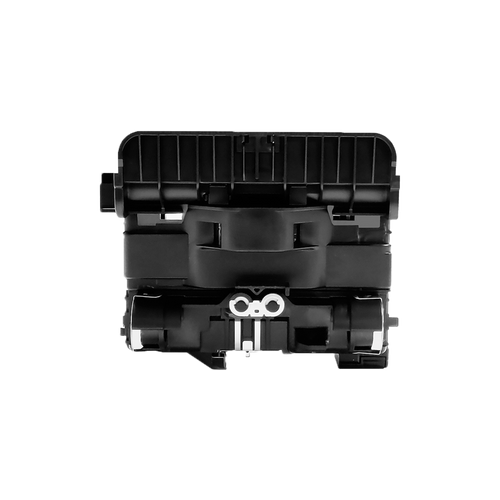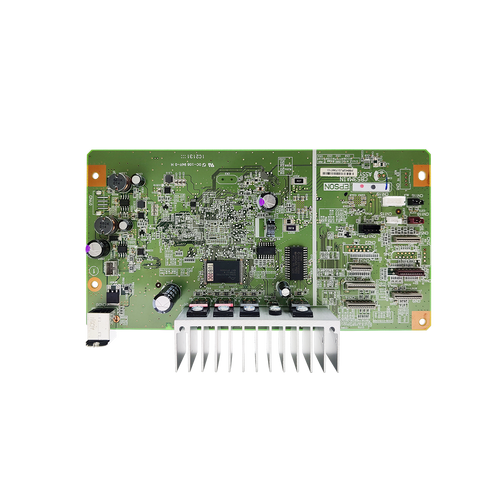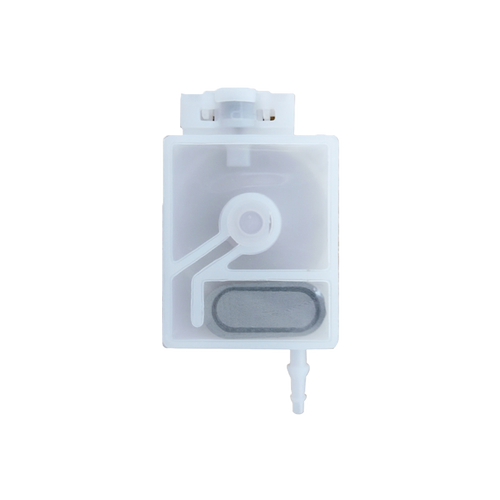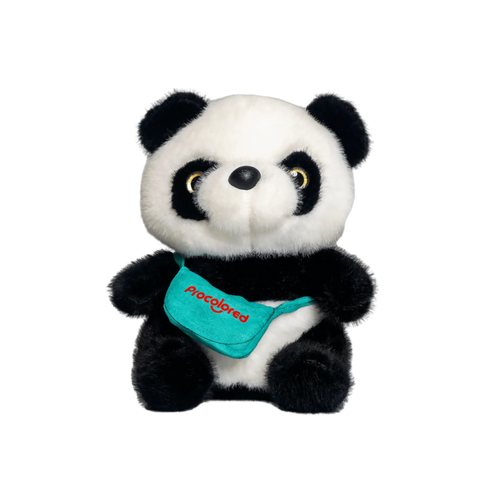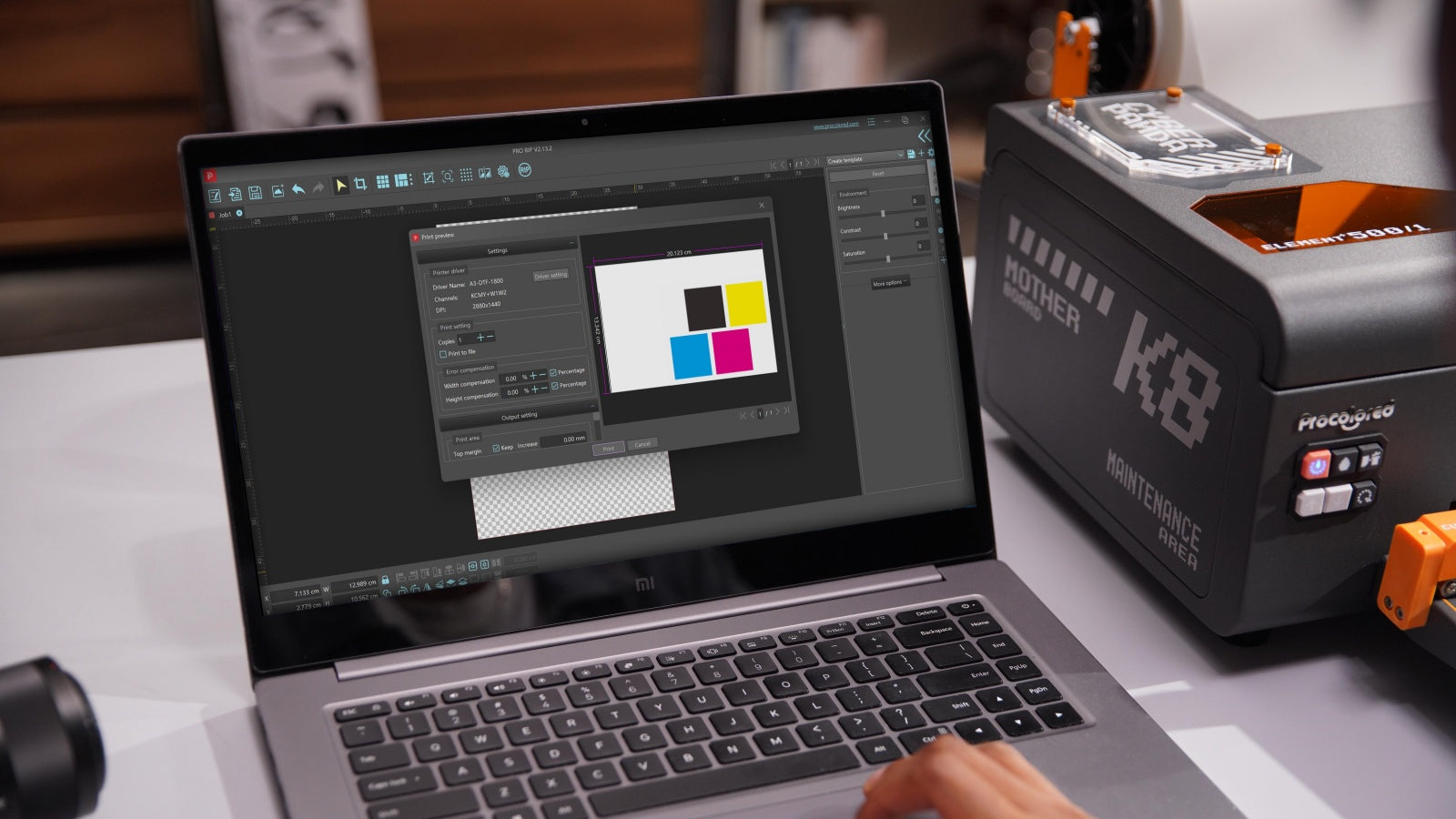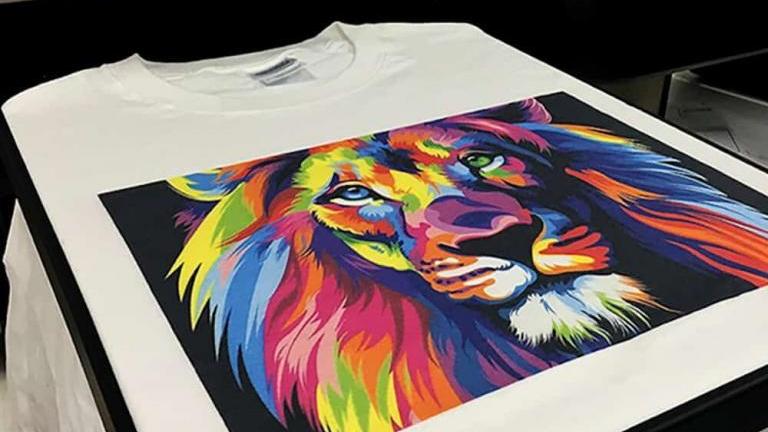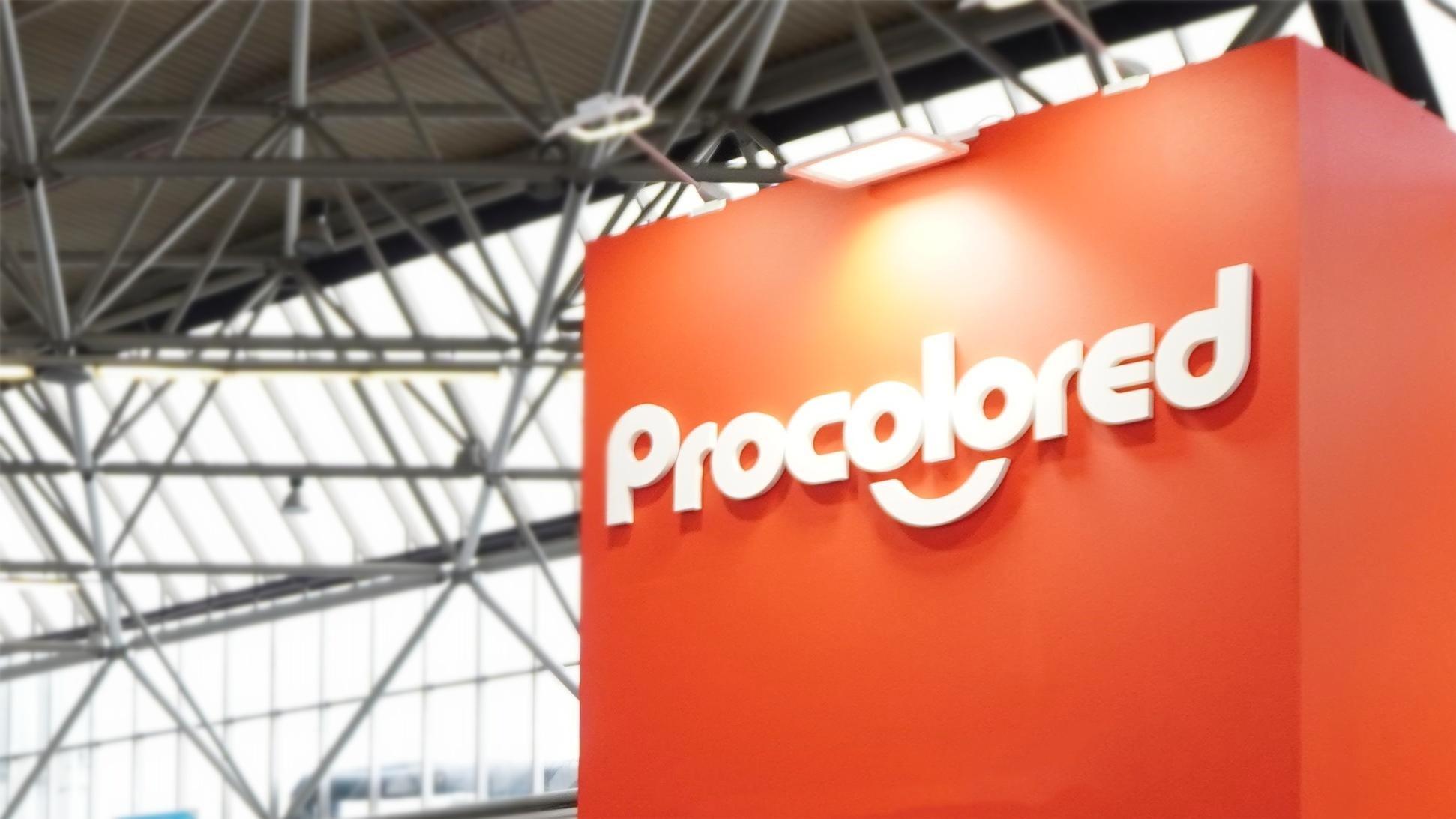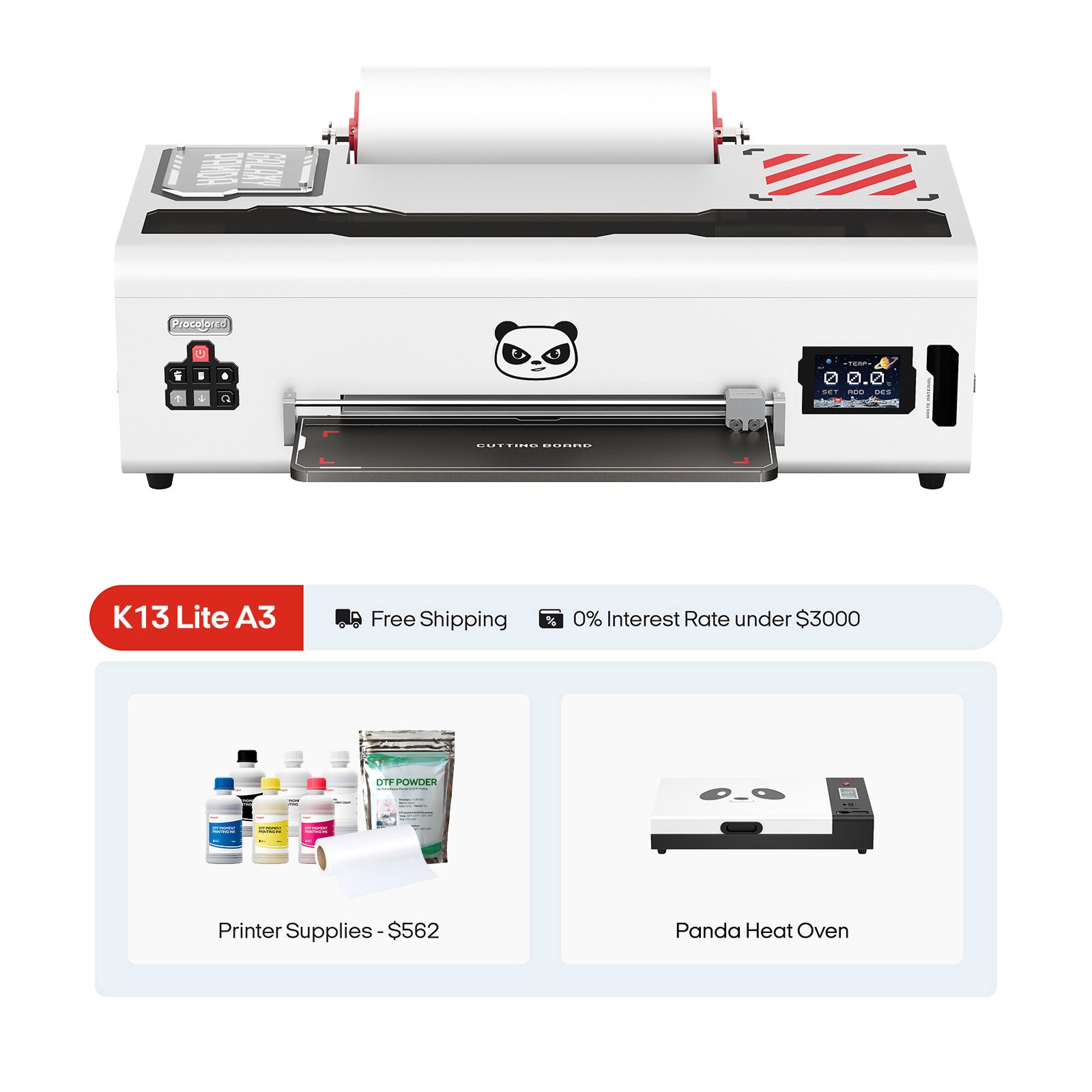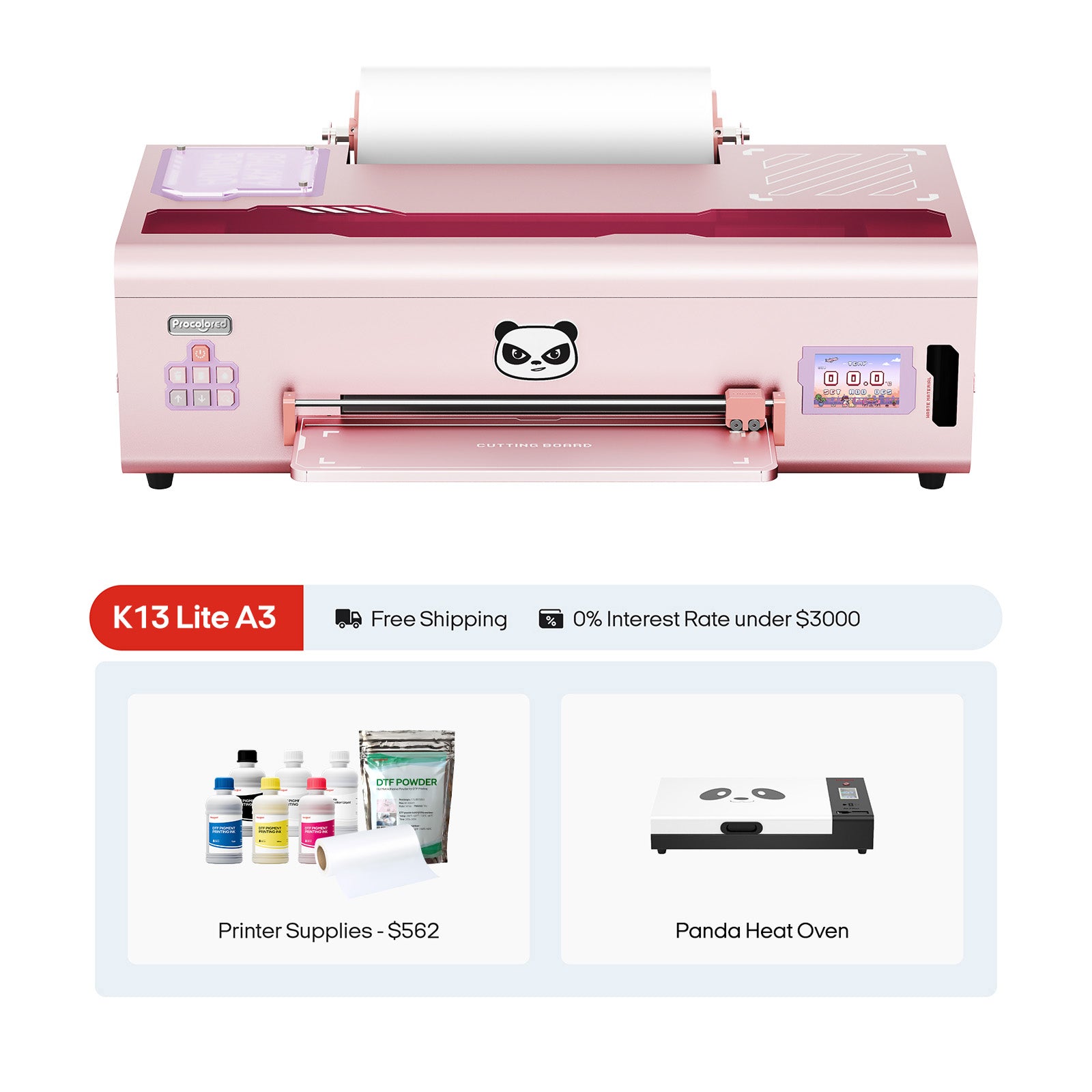Card printing comes in a wild world of options, each with its own vibe and printing needs. So you gotta pick the right tools and materials or you’ll end up with something lame.
Business cards– They’re the first reminder of the brand, and can capture attention right away. A business card that has a matte finish and printed on a thick card says "professional and serious”, while a glossy card with an embossed logo conveys “Luxury and style” .
Since these cards often contain minute text and logo, therefore a UV DTF printer with a high res is a must.
Greeting Cards – like birthday or holiday cards– usually need bright, vibrant colors and sometimes a lil extra sparkle—such as foils and textured paper. Imagine sending a Christmas card with that sparkly snow effect– You need a printer that can do these special touches to retain sharp imagery and detail.
Gift Cards – These are often made with plastic or PVC, hence the need for specialized printers that can operate or are skilled with the rigid and non paper substrates.
Take for example a retail store’s gift card which has a magnetic strip and QR code printed on it. These are integrated to the card with sharp precision and vibrant brand colors which is appealing and also requires non fading durability.
Event Invitations – Weddings, business events, parties—they all call for high-quality materials like thick cards and fancy papers or sometimes even metallic inks or raised text . If you’re after such wow printing effects with gold foil or embossed text, you’ll either need to go for some high-end printers or would require additional high-end wedding printing service.
Collectible or Membership Cards are made to be carried around everywhere, like gym or club cards. They have got to be tough and printed on sturdy materials so they don’t fade or get scratched after months of heavy use.





